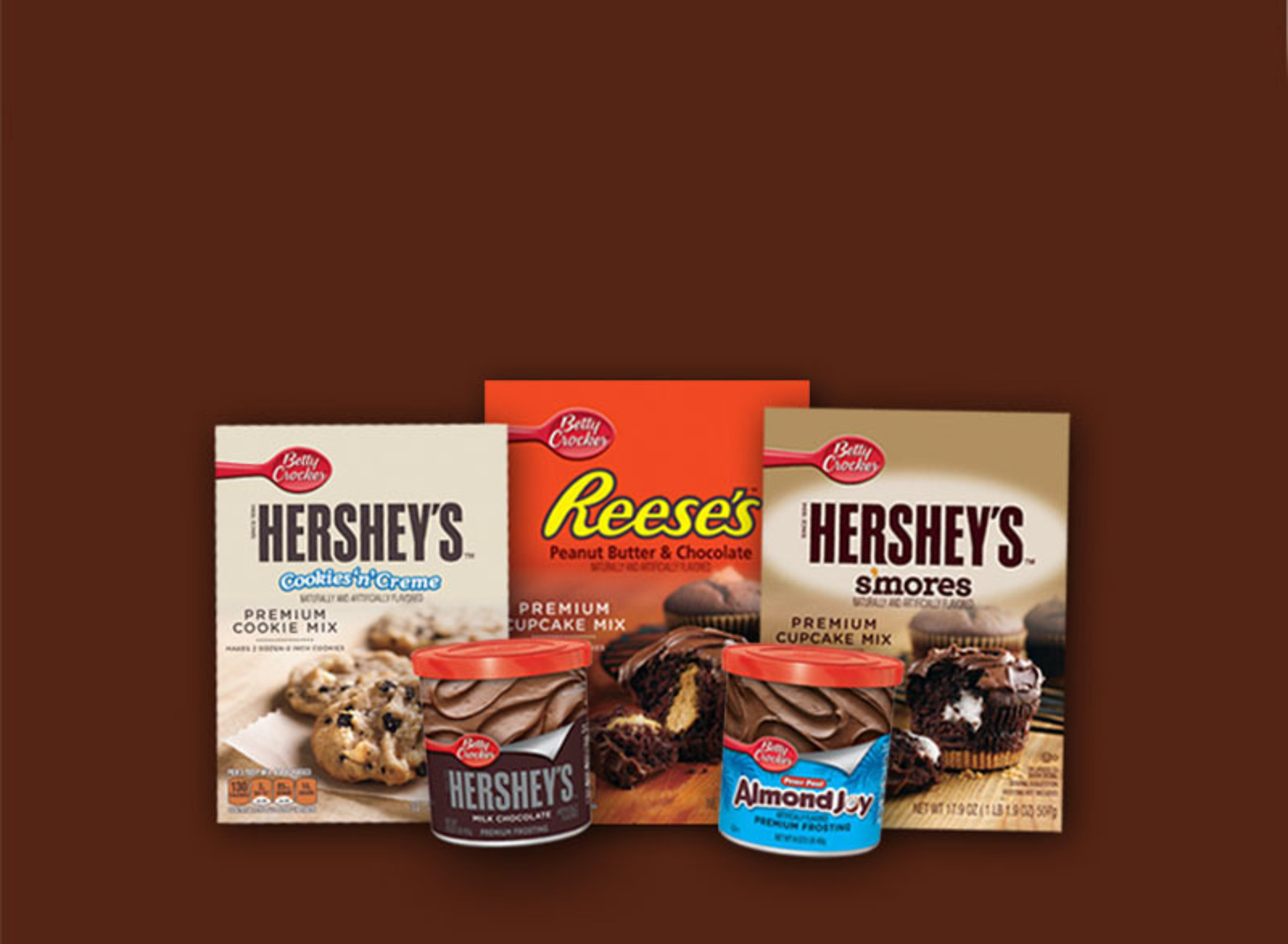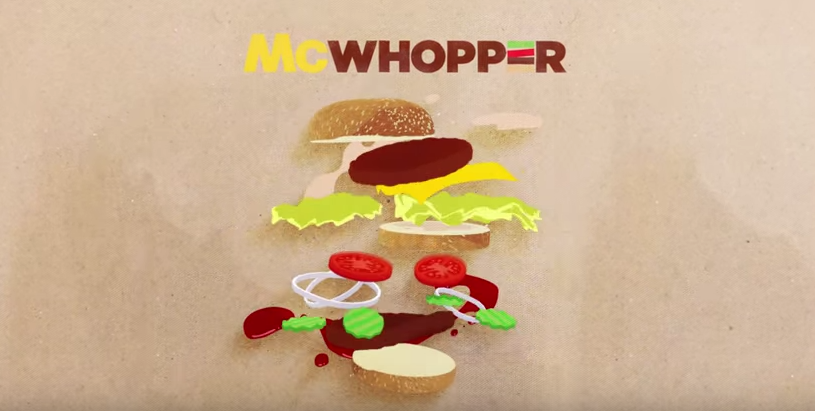Unlocking the Secrets of Successful Brand Partnerships
Table of contents
This article aims to unlock the secrets of successful brand partnerships and provide insights on how to create mutually beneficial relationships between brands. We’ll delve into the key benefits, strategies, processes, best practices, and more. Through this exploration, readers will gain a deeper understanding of the elements essential for successful collaborations between brands and leverage their learning to create long-lasting partnerships.
With so much at stake, let’s start unlocking the secrets of successful brand partnerships!
What is a brand partnership?
A branding partnership is two or more companies joining forces to reach a common goal. This collaboration can help them both achieve their objectives. Co-branding is when one brand enhances another, making it more attractive to the target audience and allowing businesses to break into new markets. With digital technology, partnerships have evolved to include content distribution, co-marketing campaigns, and more.
Compared to working with consumers, partnering with other businesses requires a formal setup that tends to be longer term than collaborations which are usually short-term engagements with limited visibility. For instance, Doritos Locos Taco was created through the partnership of Doritos and Taco Bell, who spent time refining flavors, ingredients, and packaging for maximum appeal from their target market.
In summary: Brand partnerships are strategic alliances between two or more entities that create something extra special for customers – increased reach & audience; improved perception; cost savings; loyal customers; boosted awareness via social media & relevant content creation!
Track your brand mentions with Brand24. Free 14-day trial available.
Benefits of brand partnerships
Cooperations like that are a powerful puzzle, but how can they help your business? By combining the skillsets, resources, and marketing budgets of two or more businesses, brand partnerships allow companies to break into new markets, increase brand exposure and boost awareness.
Not only that, but it’s also possible to gain access to products and services not offered by either brand partner. Plus, exclusive content can be created through these collaborations – giving each other’s audiences something special. So what are the overall benefits of successful co-branding partnerships? Increased reach and visibility, trust among customers… and the chance to make an impact in new markets.
Increased reach and audience
Successful brand partnerships can be a win-win situation. By joining forces, both brands can tap into each other’s audience and gain access to potential customers they wouldn’t have had before. This same advertising partnership is especially beneficial for smaller businesses that may not have the resources to reach a broader market.
Co-branding also has its advantages – it creates a powerful buzz that draws attention and increases the visibility of both brands. It introduces them to new audiences, giving them an opportunity to expand their reach even further.
Take Nike & Apple as an example: by combining their efforts, they created the Nike+ app, which allowed athletes to track their performance – this collaboration enabled them to reach more people than ever before!
Improved brand perception
Brand partnerships can be a powerful tool – but what are the benefits? When two reputable brands come together, it can create trust and credibility that is invaluable to both businesses. By linking up with another successful brand, consumers may view the brand in an even more positive light.
These partnerships also open up public relations opportunities for all involved. This could lead to increased media exposure and further boost the visibility of the brand.
When customers are familiar with a brand and trust its quality, they don’t have to worry about buyer’s remorse. Partnering with a reliable company means customers will likely have faith in the same product or service and enjoy their experience.
Cost savings
In addition to extending the reach and enhancing brand perception, brand partnerships can also help to slash costs. Co-marketing campaigns tend to utilize shared resources, marketing directors, and shared knowledge. This is especially advantageous for smaller firms that may not have the funds to invest in pricey advertising efforts.
For instance, Apple Pay skyrocketed past its rivals due to its convenience and user-friendliness. This was accomplished by joining forces with banks and retailers to share the cost of creating and maintaining the platform.
Likewise, Nike+ managed to offer athletes invaluable tracking capabilities at a fraction of what it would have cost them if they had developed their own technology. This partnership enabled Nike to provide an invaluable service to their customers without having to spend on costly tech solutions.
Read more about Nike’s social media strategy.
All in all, brand partnerships can be a great way to cut costs while increasing the value of products and services. By teaming up with another business entity, two companies can leverage each other’s assets and expertise to create something greater than two separate parts combined together.
How to find the right brand partners
Brand partnerships involve a plethora of activities, from product collaboration to promotional events. To find the right partner for success, businesses must conduct extensive research and consider several criteria. Networking is essential – reaching out to customers, contacts, and other industry professionals for referrals is an excellent starting point. Utilizing social media platforms like Instagram and downloading media kits from potential brand partners are also helpful research methods.
When evaluating a potential brand partner, businesses should seek qualities that align with their own values and goals. Establishing clear objectives and matching values is critical for top-of-the-ladder brand partnerships. Consider the potential brand partner’s target audience – does it match yours? Also, look at their social media followers, brand reputation, and level of engagement with customers; all these factors will help determine whether the partnership makes sense.
Once you’ve identified a suitable partner, create content relevant to both brands’ target audiences: this could include content marketing campaigns or networking events. Make sure your core identity is represented in the partnership so your message isn’t lost in translation! Brands should be looking for ways to increase exposure, too – strategic marketing can be used as a powerful tool here to break into new markets (look at Doritos & Taco Bell’s co-branding partnership!).
Keep an open mind when searching for partnerships; explore opportunities with other brands who may offer services that complement yours or provide extra value/access to new markets (7-Eleven & DoorDash).
Before entering any agreement though, experts recommend conducting thorough market research first: understand who contributes what/when, plus each party’s goals/team chemistry, etc.
To win over partners, entrepreneurs should leverage their expertise & reputations by creating content tailored towards mental health apps; being thoughtful & reliable helps too! When selecting the right one consider how your core values align with theirs (e.g., Levi’s x Pinterest).
As businesses broaden their horizons, they should also explore unconventional collaborations – plenty of possibilities exist! Researching potential partners carefully + understanding each other’s goals + creating compelling content = flourishing brand partnerships which boost awareness & sales alike!
Discover people talking about your company online with Brand24.
Tips for making your brand partnership successful
Creating and maintaining a successful brand partnership is no small feat. It requires strategic planning, clear communication, and an intimate understanding of both parties’ needs, values, and goals – all for the purpose of creating a mutually beneficial relationship that provides increased brand exposure, access to new markets and customers, cost savings, and a boost in sales for both businesses.
To make it happen, you need humor and creativity to capture attention, an acute awareness of each partner’s objectives, plus the ability to identify problems as well as opportunities. Content can be used to create a unique experience for customers while forming partnerships between two or more businesses – think videos, blogs, white papers, or podcasts.
Securing such partnerships means actively making connections with potential partners outside your own niche or industry; being proactive in reaching out; transparently communicating expectations on both sides; delivering value without over-promising then under-delivering; clarifying key dates like announcement date & launch date etc.; plus ensuring customer loyalty by understanding their target audience & providing consistent experiences across different locations.
In short: when customers encounter helpful partnerships, they expect increased value as well as memorable experiences that leave lasting impressions on them – so don’t forget about those little details!
Use Brand24
Brand partnerships are an effective way for businesses to increase their exposure and build their brand image. However, finding the right brand partner can be a challenging task. This is where social monitoring tools like Brand24 come in handy.
- Brand24 helps businesses identify and track top profiles in their industry
- This enables enterprises to discover potential brand partners
- The Influence Score feature allows companies to determine a potential partner’s level of influence on their audience
- The Share of Voice feature provides excellent insights into how much a potential partner is being discussed on social media
We offer a 14-day free trial with no card details required! Click the button to start media monitoring.
Establish clear goals
Before launching a brand partnership, setting sail with clear and attainable goals is essential. Businesses should consider a variety of objectives, such as increasing reach and audience, improving brand perception, boosting sales and revenue, or even saving costs.
Long-term goals for the partnership could be expanding the customer base like a blooming flower garden, increasing customer loyalty and engagement like two best friends holding hands, or developing new products and services like an artist creating their masterpiece.
Ultimately, businesses must ensure that their goals are realistic and achievable based on both business needs and objectives.
Align values
When forming a prosperous brand partnership, ensuring that values are in sync is essential. Aligning values builds trust and creates a collaborative atmosphere.
Businesses should first identify their core values – mission, vision, desired customer experience, and goals. Then they can seek out partners who share those same values. This allows businesses to work together more efficiently and effectively.
Look for partners with the same target audience and overall objectives too. A brand partnership between companies with a similar target audience, values, and goals enables content that resonates with customers.
Create compelling content
Creating compelling content is a must-have for any blooming brand partnership, like the missing piece of a puzzle. Blogs, videos, podcasts, white papers, and infographics are just some of the pieces that can be used to form an engaging picture. But how do you make sure your content reaches its target audience? And how can it be optimized for search engines?
It’s simple – tailor it to their needs and regularly update it so customers stay interested in the partnership. Content should also act as a bridge between partners and potential customers by linking back to websites or blogs – driving traffic with every step!
Leverage social media
Social media is a powerful tool for businesses to promote brand partnerships and reach new audiences. Companies can use it to create content, engage with customers, and build relationships with potential partners. It offers several advantages, such as increased visibility, improved brand perception, and cost savings.
Businesses can leverage social media to tailor content to their brand’s audience and platform and share information related to the partnership. They can also use it to provide customer service and create a positive customer experience. By doing so, they will be able not only to increase their reach but also to save time and money while building trust among customers.
In conclusion, leveraging social media shout outs for brand partnerships is an effective way for small businesses to gain more exposure while improving their image simultaneously. It allows them to create tailored content that resonates with their target audience while building relationships with potential partners and customers – all without breaking the bank!
Examples of successful brand partnerships
Brand partnerships have been around for ages, but with the rise of social media, they’ve become a powerful way for companies to reach their target audiences and boost brand awareness.
Take Nike and Apple’s partnership as an example – these two giants wanted to revolutionize the fitness industry, so they created the Nike+ FuelBand. This product provided a unique way to track physical activity while also giving both brands extra cache through co-branding. It was a success for both companies, increasing exposure and bringing in loyal customers.

Betty Crocker and Hershey’s is another excellent example that leveraged each other’s strengths – targeting similar audiences with shared values. They included chocolate syrup in Betty Crocker’s signature brownie recipe which created childhood memories for many people – resulting in increased sales and profits!

Burger King proposed to McDonald’s on Peace Day 2018 to combine elements from both brands with proceeds going towards charity; this marketing campaign received lots of buzz online as it was seen as a positive move by both brands, creating a more positive image overall.

Successful brand partnerships not only benefit businesses involved but also customers; BMW & Louis Vuitton had shared values which made consumers more likely to choose them over competitors due to their partnership. Both companies cater to the more affluent part of society.

Go Pro & Red Bull organized Stratos, where Felix Baumgartner jumped from a space pod 24 miles above Earth’s surface while wearing GoPro strapped onto him – setting three world records & generating millions of views for both companies!
In conclusion, successful brand partnerships are an opportunity for two brands to leverage each other’s strengths into something greater than its parts; understanding potential & taking the time to find the right partner can help increase exposure, break into new markets, or add value products/services – making it powerful tool any business looking reach broader audience create new opportunities!
Summary
The success of a brand partnership lies in the ability to create successful strategic collaborations with another brand. To achieve this, businesses must first define and establish clear goals while aligning their values with those of their potential partner brand. This is followed by creating compelling content tailored to the right audience and leveraging social media to build relationships with fellow businesses and potential customers.
Examples of some of the greatest brand partnerships show us that companies can mutually benefit through collaboration. They can increase their reach and visibility, improve brand perception, save costs, and generate extra value for their customers.
While there is no surefire formula to guaranteeing a fruitful brand partnership, understanding each other’s shared interests, goals, values, and resources can go a long way toward building a strong and resilient bond.
Frequently Asked Questions
What is a brand partnership strategy?
Strong brand partnerships can be a way to meet business goals such as increased web traffic and brand recognition. By combining resources, these partnerships help build trust and authority, expanding the reach and creating exciting marketing opportunities in the process.
What is the role of brand partnerships?
Brand partnerships provide an avenue for brands and their marketing managers to collaborate and reach new customers. By partnering with a complementary brand, businesses can leverage each other’s resources and bring mutual value to both companies.
Working together can open up new markets, drive more overall sales, and increase the overall reach of both brands.
What makes a brand partnership successful?
A rewarding brand partnership is all about creating a win-win situation for both companies. It’s essential to co-branding partnerships to ensure that both sides benefit from the collaboration, whether it be through increased exposure, resources, or business growth.
Both companies should have a clear understanding of the goals and objectives of the partnership, and how each side will contribute to achieving them. It’s also important to consider the partnership opportunities and potential.
What are brand-to-brand partnerships?
Brand-to-brand partnerships are an effective way to increase brand awareness and customer loyalty while minimizing costs associated with reaching a greater market. They allow different brands to come together to benefit from each other’s resources and connections in order to drive business objectives and mutual success.
What makes a successful brand partnership?
A successful brand partnership consists of two businesses leveraging each other’s strengths and offering added value; working together to create something better than either you could accomplish alone.
When brands identify common objectives and collaborate on tactics to reach those goals, they have a greater chance of achieving lasting success.
Related articles
Top Reads
Brand Monitoring: Tools & Guide for 2026
Brand Awareness Strategy [The Ultimate Guide for 2026]
The Best AI Hashtag Tracker and Other Hashtag Tracking Tools [2026]
Social Media Reach: How to Measure & Improve It in 2026?
X (Twitter) Analytics Tools: The 10 Best to Try in 2026
Sentiment Analysis: What is it & Why do You Need it in 2026?
Share of Voice: Definition, Calculation, Tools [2026 Guide]
Brand Reputation Management: 6 Expert Tips for 2026
A Complete Guide to AI Social Media Analysis [2025]
How to See How Many Times a Hashtag Was Used on X (Twitter)
Start Social Listening!
Get the Brand24 trial and start social listening like a PRO.

